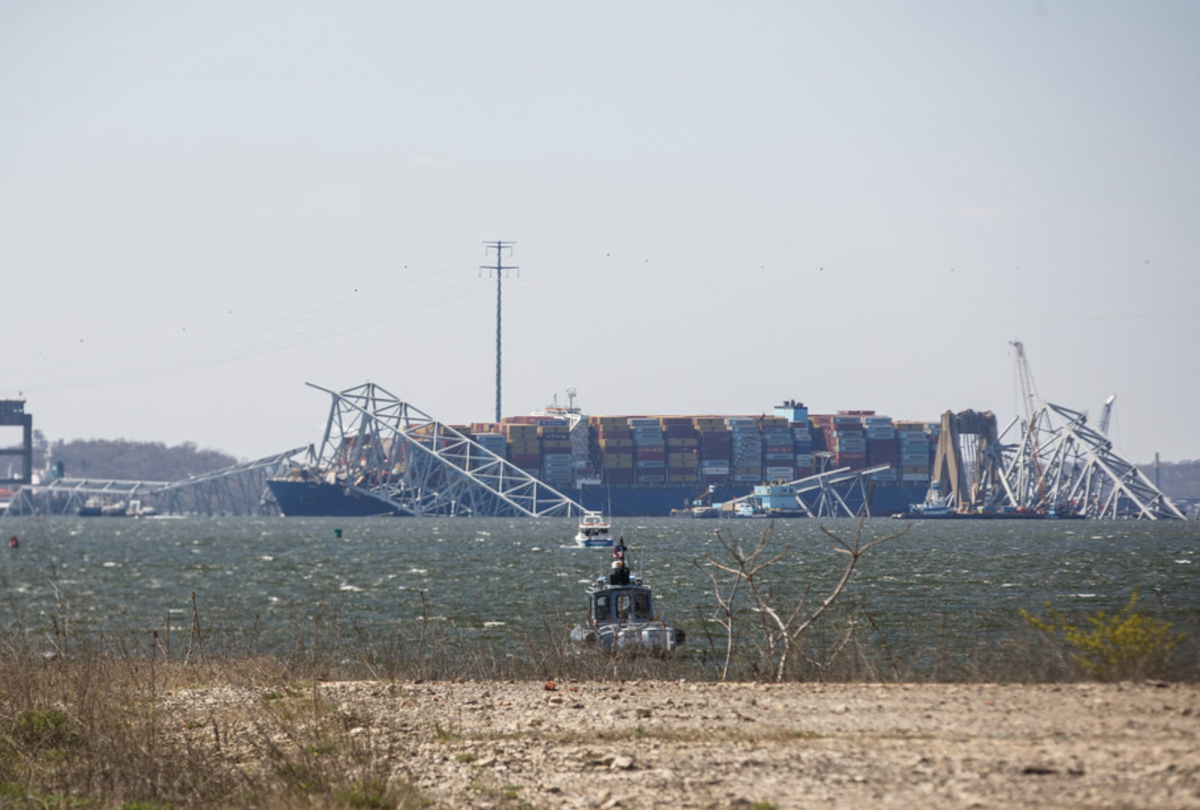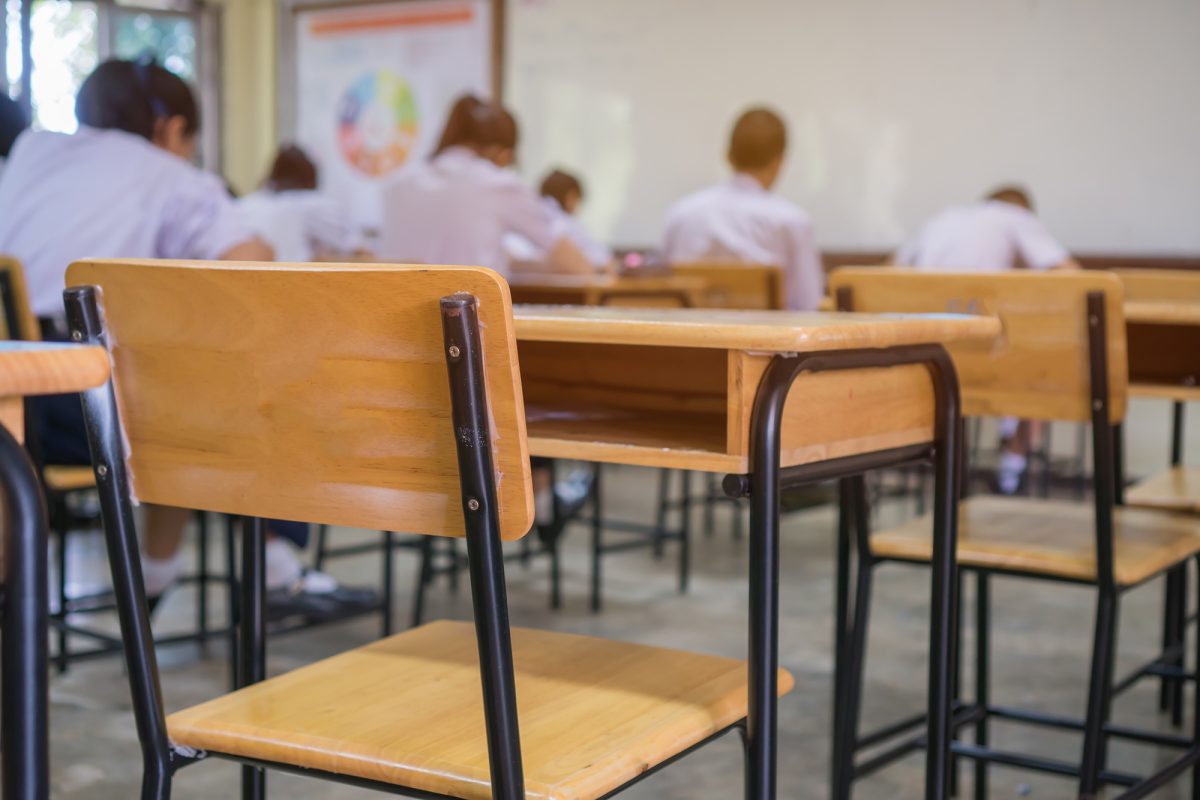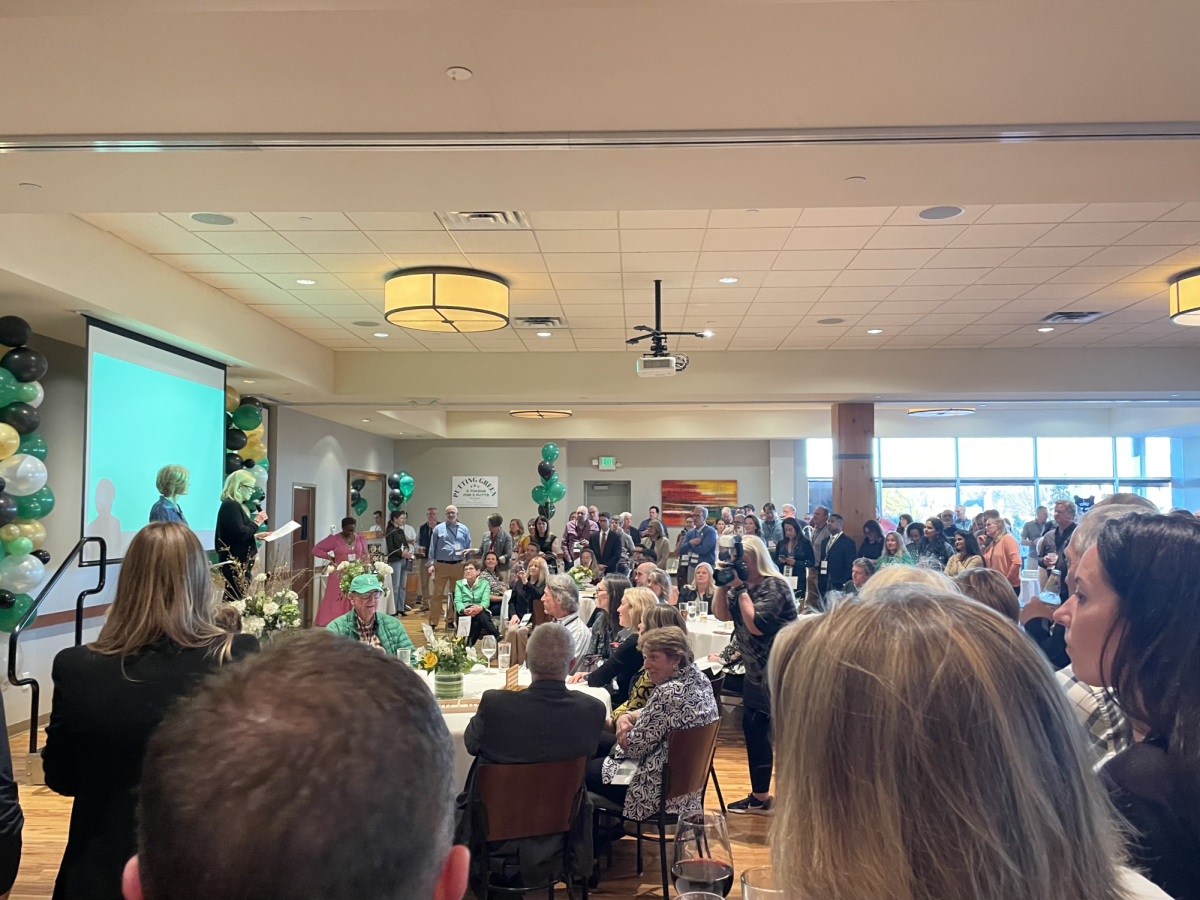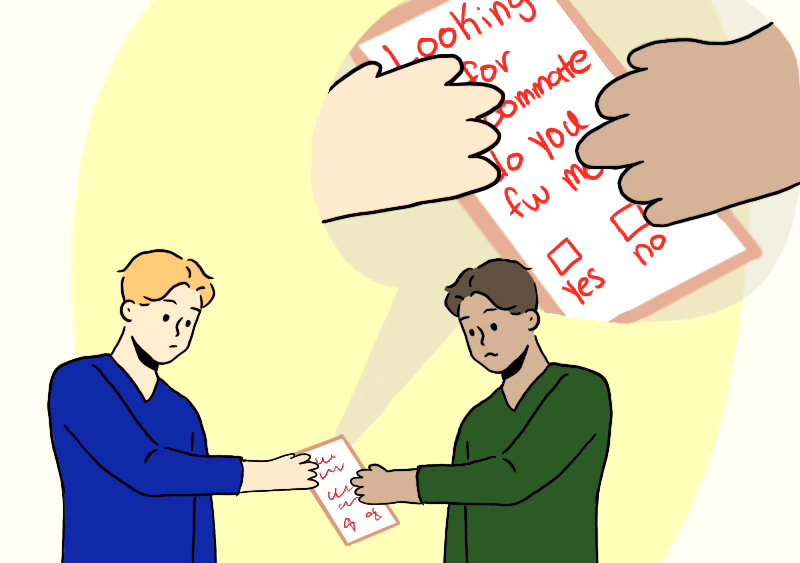At 1:28 a.m. on March 26, disaster struck. The container ship Dali lost power, unable to change course as it crashed into one of the piers of the Francis Scott Key Bridge in Baltimore, Maryland, collapsing it. An analysis by the Associated Press reveals these piers did not have enough protection to withstand the collision. Per ABC News, the Dali was able to send out a mayday distress call, stopping vehicles from crossing the bridge. Not everyone was as lucky. CBS News reports that six construction workers, all Latino immigrants, were filling potholes on the bridge and couldn’t get off in time. Three victims have been recovered: one unharmed, one in critical condition, and one dead. The rescue effort has been paused, as it is no longer safe for divers to operate in the area, as authorities believe the rest of the victims have been encased in the bridge’s remains. Attention now shifts to clearing the debris and reopening the port of Baltimore, a significant driver of the national and local economy.
According to NPR, Baltimore is a massive player in the import and export of shipments, handling around 100 to 200 million dollars in cargo each day. An 11-foot channel has been dug for some of the ships to pass, but it is not wide enough to allow the main driver of the port through: cars. As a result, auto manufacturers have rerouted their shipments through other ports, leaving 1,300 workers unemployed.
On April 5, President Biden visited the wreckage of the Francis Scott Key Bridge in a show of solidarity, promising that Congress would fully pay for the bridge’s reconstruction. On top of the $60 million provided by the Department of Transportation, Biden will approve a further $8 million in federal grants to help with initial repairs. He also announced a timeline put forth by the Army Corps of Engineers, which hopes to open a passage for large cargo ships by the end of April, and fully restore the bridge by the end of May. This sentiment of support was also echoed in Biden’s initial March 26 press conference addressing the tragedy. “We’re going to get through this together. And I promise: We’re not leaving,” he said.








Karen McVann • Apr 15, 2024 at 8:54 pm
Another well written and informative article by Finn. I learned many new details of this tragedy. I hope that the president is correct in his time table for reopening the bridge. This reminds me of our own 35W bridge collapse in Minneapolis. Great job as usual Finn. Very proud of you!